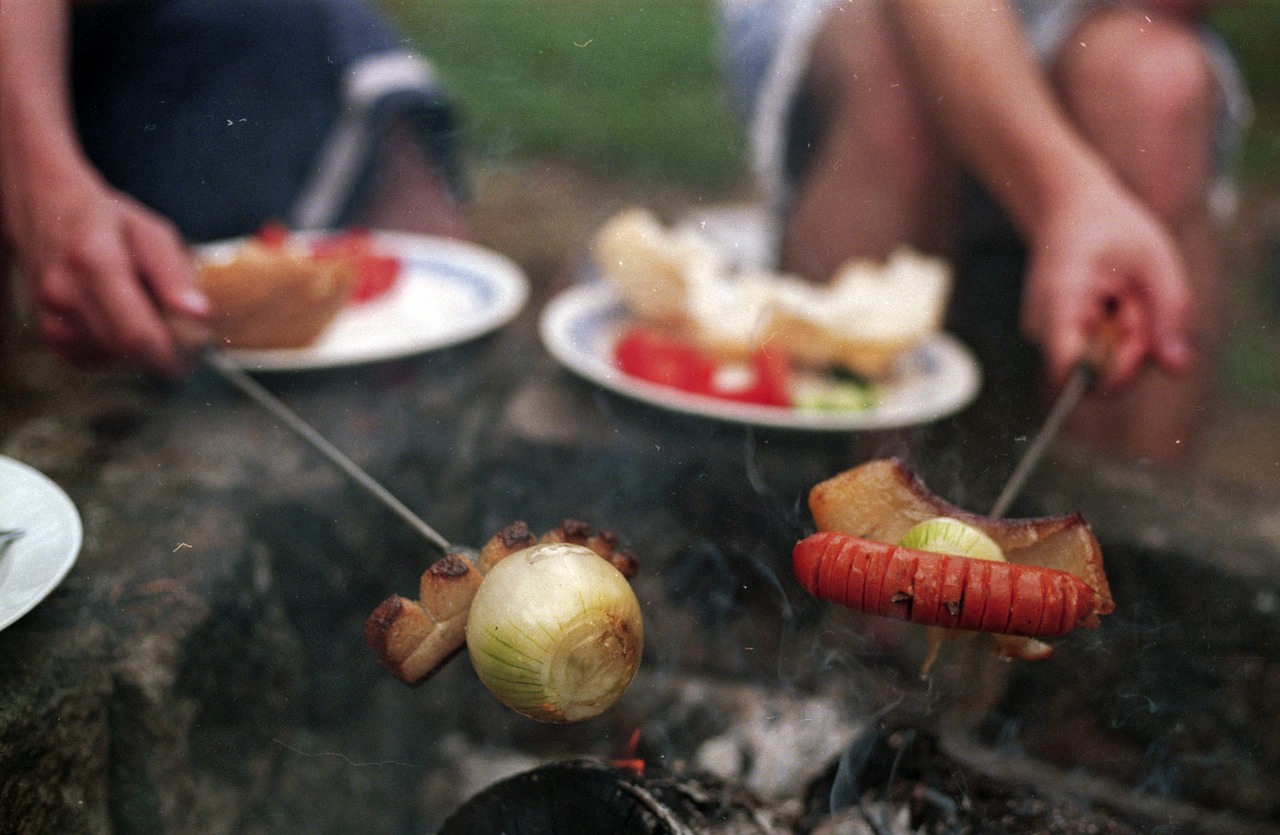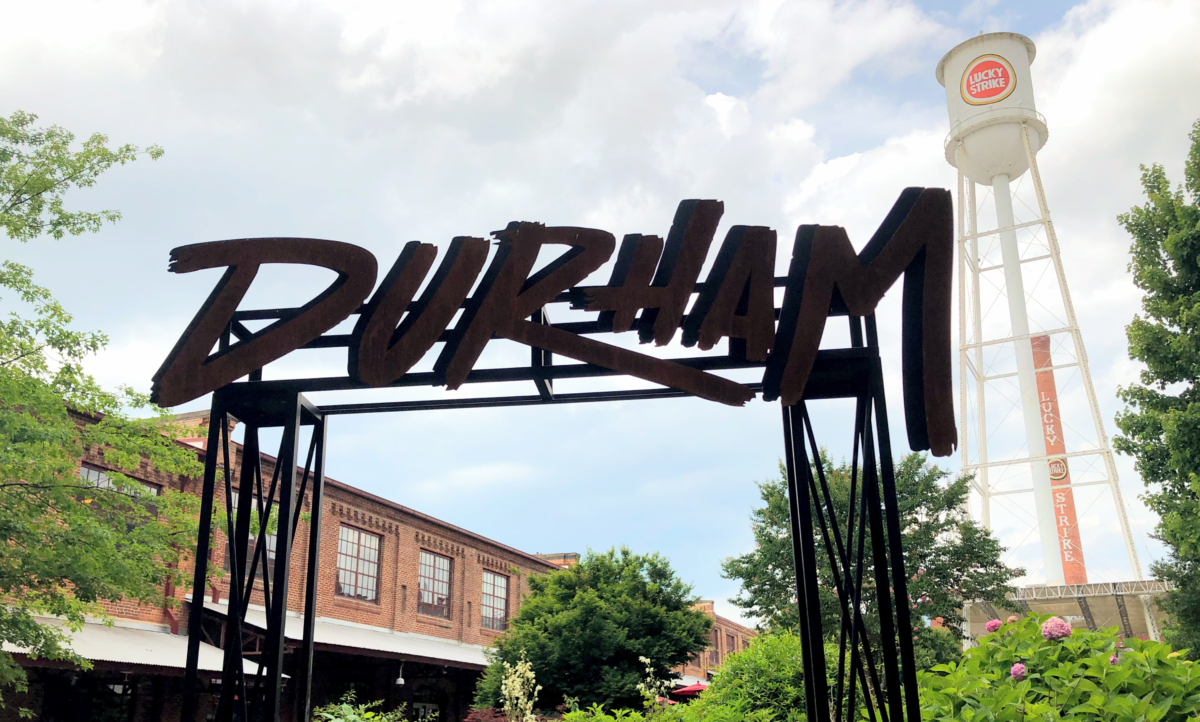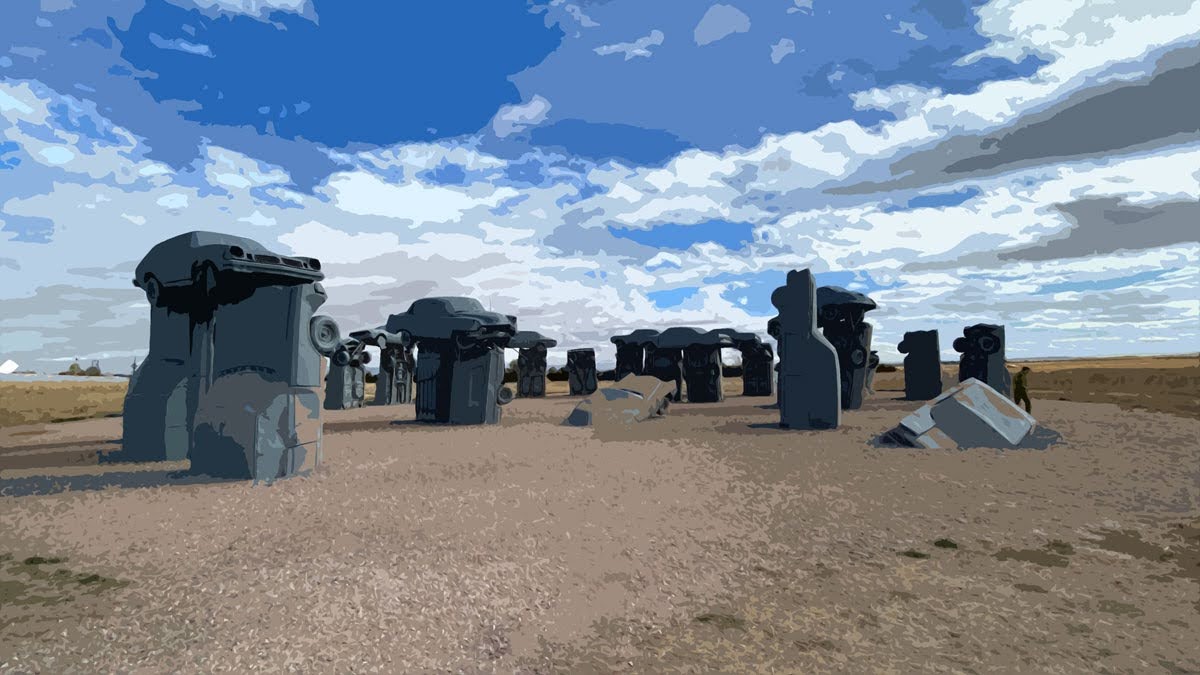As the summer camping season kicks into high gear, the U.S. Food and Drug Administration is looking to remind campers and picnickers that foodborne bacteria multiply faster in warm weather, which can lead to foodborne illnesses. Whether you’re tent camping, leaving the RV for an outing, or using your outdoor kitchen, food safety should be on the top of your mind. We tend to let loose on camping trips and worry less about food safety, but there’s little that ruins a vacation quicker than food poisoning. Here are the FDA’s top tips for warm weather food safety:
Prior to picnic time
- Defrost meat, poultry, and seafood in the refrigerator or by submerging sealed packages in cold water. You can also microwave-defrost, but only if the food will be grilled immediately afterward. If marinating, use the fridge not the countertop. Never reuse marinade that contacted raw foods unless you boil it first or set some of the marinade aside before marinating food to use for sauce later.
- Thoroughly wash all produce before eating even if you plan to peel it. Fruits and vegetables that are pre-cut or peeled should be refrigerated or kept on ice to maintain quality and safety.
- If your picnic site doesn’t offer clean water access, bring water or pack moist towels for cleaning surfaces and hands. Don’t forget to pack a food thermometer!
When packing coolers
- Place food from the refrigerator directly into an insulated cooler immediately before leaving home and use lots of ice or ice packs to keep it at 40 °F or below.
- Pack raw meat, poultry, and seafood in a separate cooler if possible, or wrap it securely and store at the bottom of the cooler where the juices can’t drip onto other foods. Place beverages in a separate cooler; this will offer easy drink access while keeping perishable food coolers closed.
- Load coolers into the passenger compartment of the car– it’s cooler than the trunk. Once at the picnic site, keep food in coolers until serving time (out of direct sun) and avoid opening the lids often.
When grilling
- Have clean utensils and platters available. Cook meat, poultry, and seafood to the right temperatures– use a food thermometer to be sure (see Safe Minimum Cooking Temperatures Chart). Keep cooked meats hot at 140 °F or warmer until serving time and set them to the side of the grill rack to keep them hot.
- When removing foods from the grill, place them on a clean platter – never use the same platter and utensils you used for raw meat, poultry, or seafood.
- Watch the time and outside temperature
- Don’t let hot or cold food sit out in the “Danger Zone” (between 40 °F and 140 °F) for more than 2 hours – or 1 hour if the outdoor temperature is above 90 °F. If they do, discard them.
Want more RV Living news? Then you want the RV Miles Newsletter delivered right to your inbox every week. Just fill out the form below and rest assured, we’ll never give your info away. Ever!








